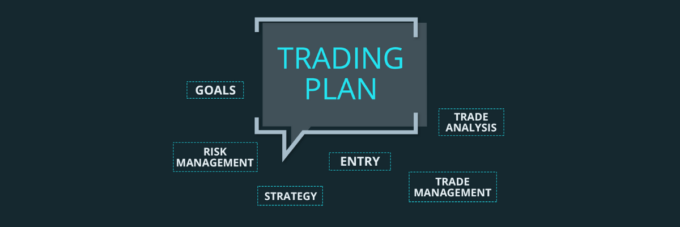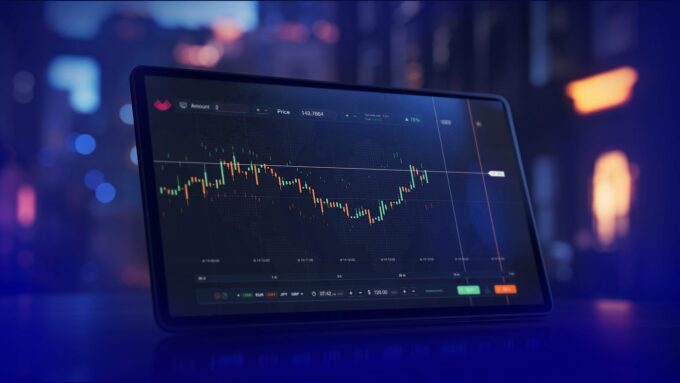Starting as a trader can seem exciting. It may even feel like an opportunity for huge rewards, but it’s important to keep risks in check. No one wants to see their capital vanish. I remember my first few months in trading—caution was key. The same will apply to anyone aiming to protect their money. If you are cautious, smart, and strategic, you’ll minimize your risks. The goal is simple: keep your losses small and your profits steady.
Key Points:
- Manage your capital wisely.
- Stick to a risk management plan.
- Stay updated with the market.
- Use stop-loss orders consistently.
- Stay disciplined and avoid emotional decisions.
Build a Plan with Realistic Expectations

Source: capitalvia.com
Without a clear plan, you will face problems. I’ve seen it time and time again. You need a solid approach before you begin. It is crucial to determine what you want to achieve. Be realistic—expect small, steady gains rather than dreaming of sudden wealth. A trading plan keeps you focused and reduces the chances of reckless decisions. Your plan must outline when to enter and exit trades, set profit targets, and identify risk limits.
The Binomo platform offers a user-friendly interface that allows even beginners to start trading with minimal investment, providing opportunities to learn without risking significant capital. To become a Binomo broker, you should first master the platform’s features, gain in-depth knowledge of market trends, and consistently develop your skills through practice and study.
Risk Management is Cruciald
Risk management separates successful traders from those who lose big. The rule is simple: never risk more than you can afford to lose. Set aside only a portion of your total capital for each trade. Typically, experts recommend risking no more than 1-2% of your capital on a single trade. This way, even if you lose, you still have enough left to continue.
Stop-loss orders are your best friends here. Set a stop-loss order for every position you open. It limits how much you can lose. Stick to this rule strictly. If the trade turns against you, the stop-loss order automatically exits your position before the losses escalate.
Stay Disciplined and Avoid Emotional Decisions

There are moments when the market doesn’t move as expected, and the temptation to react impulsively becomes strong. In those moments, sticking to your plan is key. You need to stay disciplined. Avoid impulsive decisions driven by fear or greed. Both can lead to poor choices.
Having experienced firsthand how emotions can cloud judgment, I recommend taking breaks if you feel overwhelmed. Step back, review your strategy, and approach the market with a clear mind.
Diversify Your Trades
Avoid focusing all your capital on a single asset or market. If that trade goes wrong, you lose big. Instead, diversify across multiple assets or markets. This spreads out the risk. Even if one position performs poorly, other positions can offset the loss.
Diversification works like a safety net. It reduces the impact of market volatility. Keep an eye on different sectors, currencies, or stocks. Don’t rely solely on one market.
Stay Updated with Market News
Knowledge is power. Staying updated with market trends and economic news can save you from making bad trades. The market reacts to major events—earnings reports, political events, interest rates, and more. A well-informed trader stays ahead. Keep a calendar of major economic events and check market updates regularly. Doing so will help you anticipate potential risks or opportunities.
In today’s world, there are many sources of information—news sites, financial blogs, and expert analysis. Use them wisely. Being well-informed puts you in a better position to succeed.
Use a Demo Account First

One of the best ways to avoid big losses is by practicing with a demo account first. Even after developing a plan, practicing on a demo account helps refine your approach. It simulates real trading, allowing you to get comfortable with how markets move, but without risking your capital. It is an essential step for every beginner.
Many platforms offer free demo accounts which is a great way to practice before putting real money on the line. Test your strategies, make mistakes, and learn from them before trading with real capital.
Protect Your Capital First, Profits Come Later
The mindset you need at the start is clear: protect your capital. Many traders focus too much on making profits and forget that avoiding losses should be the priority. Always be cautious. It’s better to miss a profit opportunity than to risk losing your capital. Your first goal is to survive in the market, then you can thrive.
A simple way to protect your capital is to exit trades that go wrong quickly. Don’t hold on to a losing position hoping it will turn around. It’s better to take a small loss early than to let it become a big one.
Closing Thoughts
In trading, managing your risks is as important as making money. Big losses can cripple you early on. Every trader needs a plan, discipline, and risk management to survive. The learning process may seem slow at first, but it’s better to be cautious than reckless. Keep your trades small, use stop-loss orders, and never put too much of your capital at risk in any single trade.
Stick to the basics and follow a structured approach. With proper preparation, staying informed, and managing your risk, you can avoid those painful big losses.



